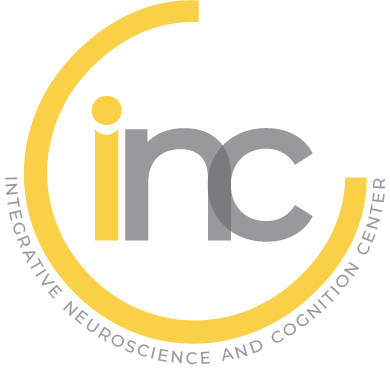Speaker
-
Barbu RevencuDr. - NeuroSpin - Université Paris-Saclay
Geometric shape representations in human adults have syntactic structure, by Dr Barbu Revencu
Geometric shape representations in human adults have syntactic structure
Recent research suggests that humans use language-like mental representations for many classes of stimuli, from auditory sequences to visual shapes. However, evidence has been largely indirect, relying on stimulus complexity and compression as a proxy for internal representation. In this study, we probe the structure of geometric shape representations more directly, by using constituency tests instead of complexity measures. Across three preregistered experiments and using a rigorously controlled set of stimuli, we find robust evidence for tree structure in human adults’ shape representations. First, the same shape can receive different structural representations depending on how a preceding animation organizes it. Second, subparts of shapes are easier to detect when they belong to the same subtree than when spanning different subtrees. Third, shape fragments are easier to reconfigure the higher in the tree they are split. Thus, while geometric shapes differ in many ways from natural-language sentences, they are nevertheless encoded by humans in an analogous representational format. By contrast, state-of-the-art convolutional and transformer networks show no such structural effects in any of the three experiments.
